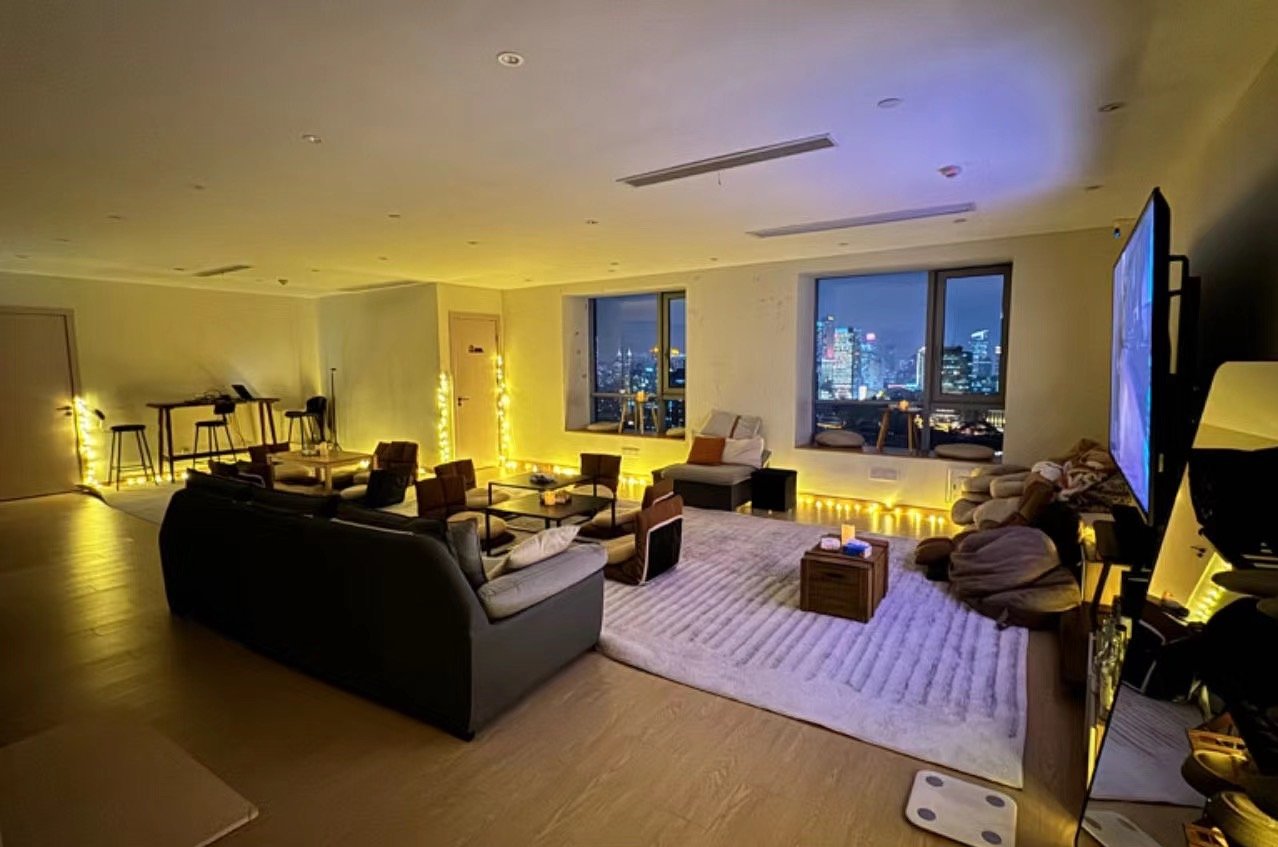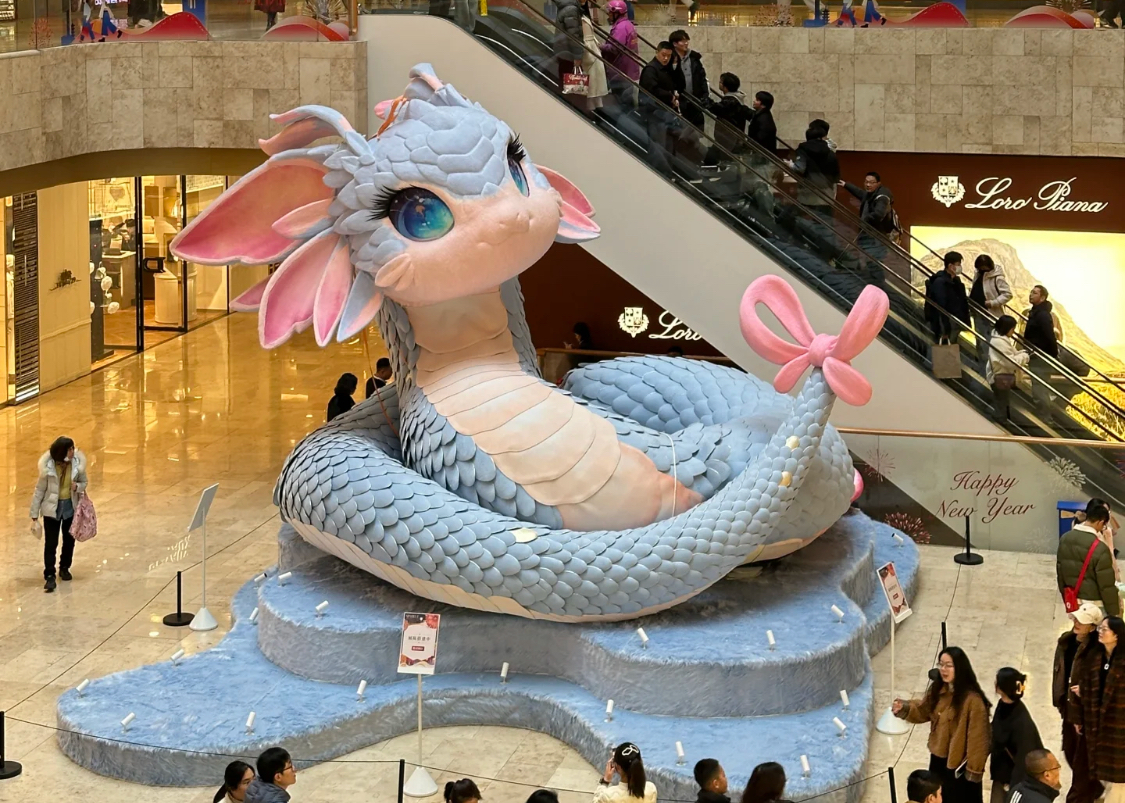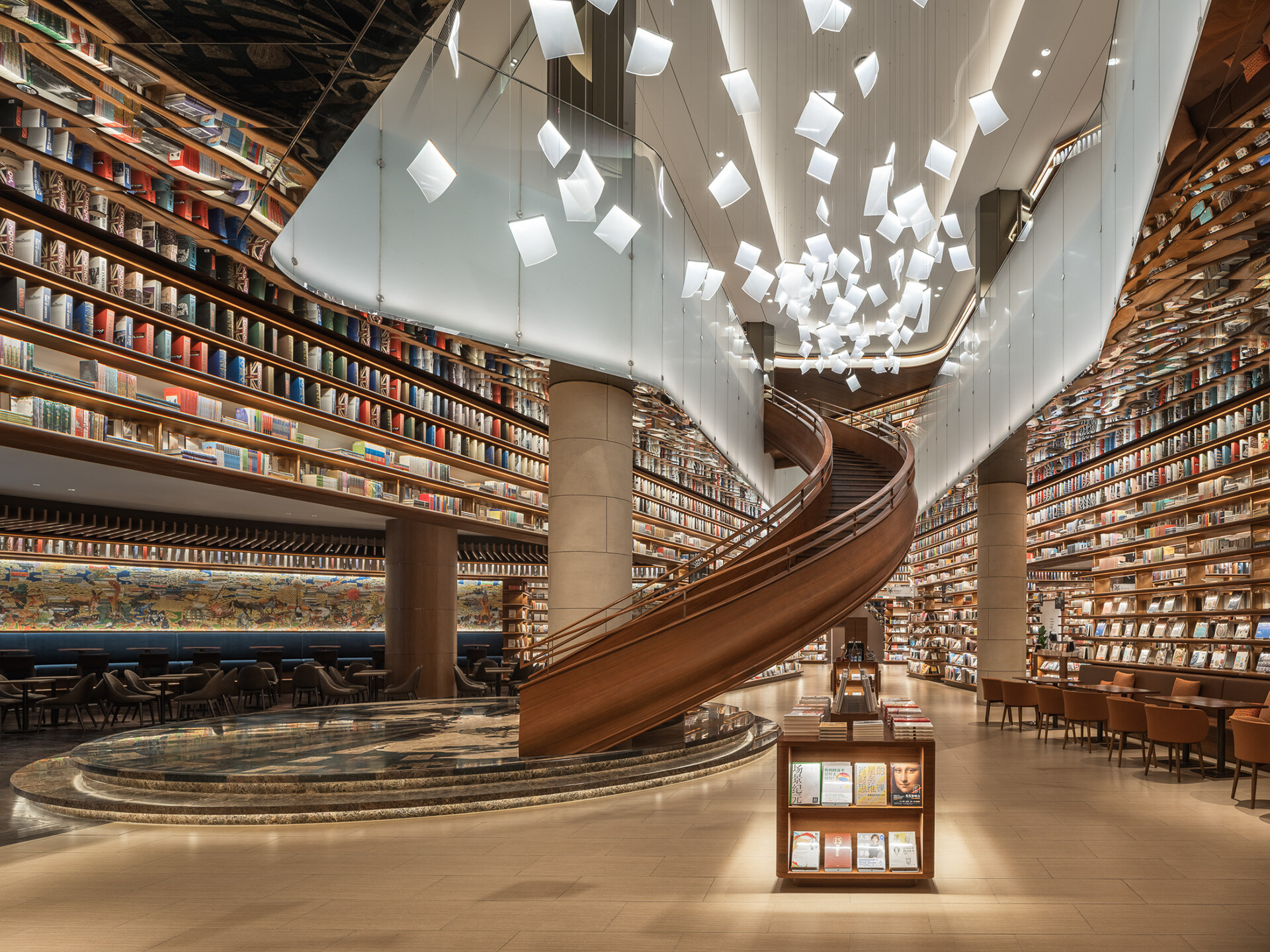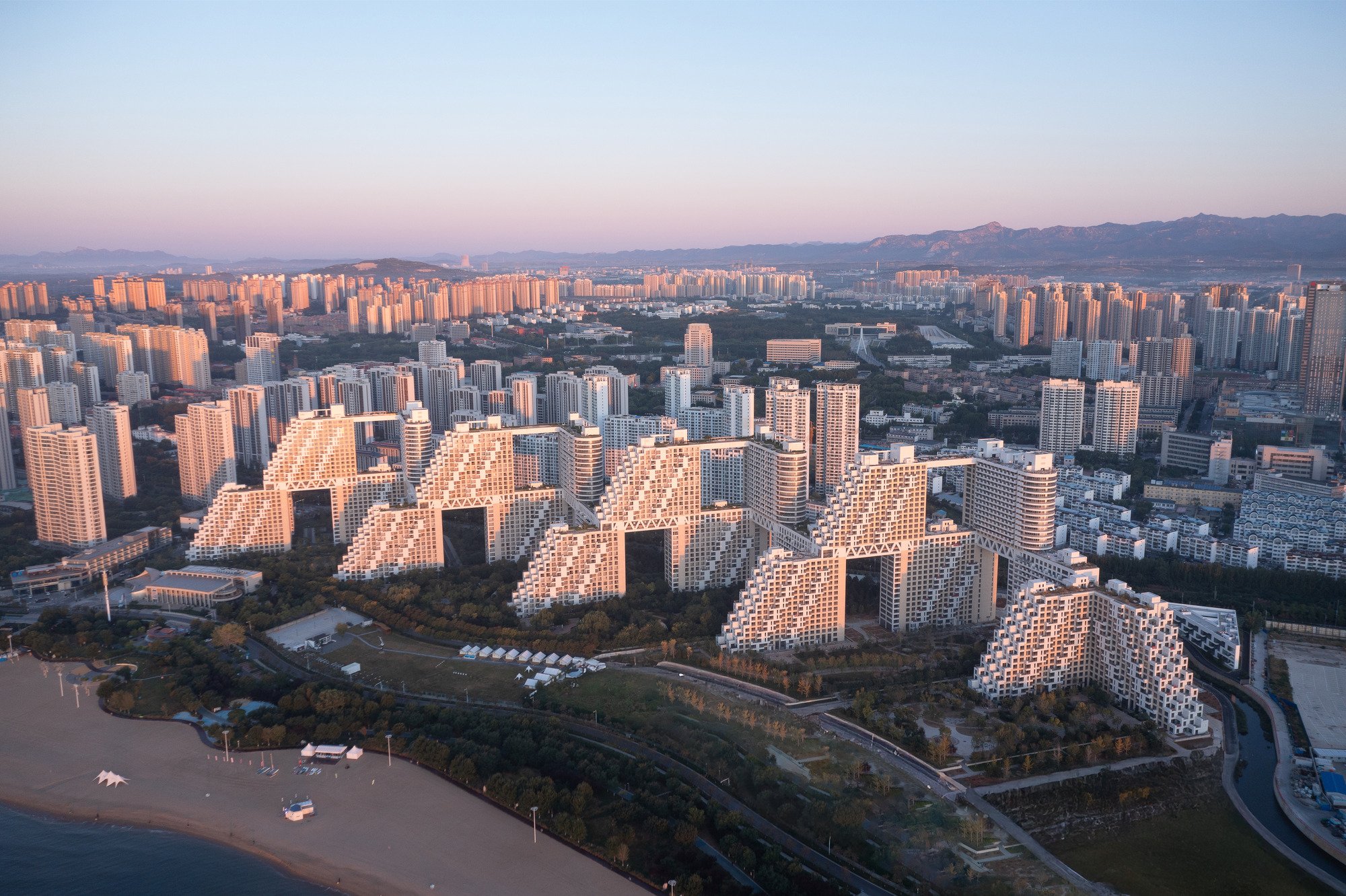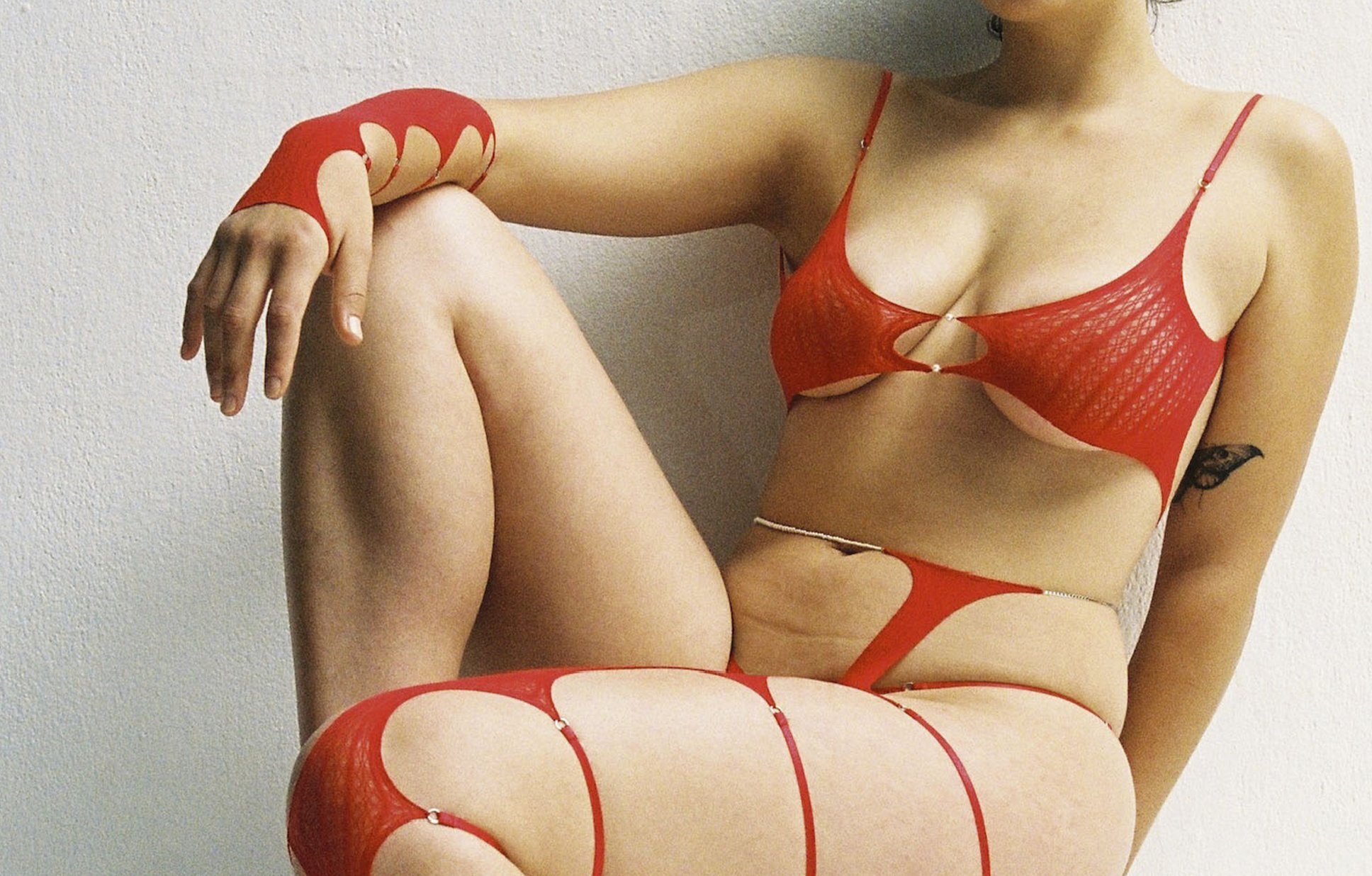It’s Fashion Week, baby! Shanghai Fashion Week has officially kicked off, and this year’s Spring Summer edition is bursting with fresh energy that the fashion world desperately needed. While some corners of the industry might be yawning, the spotlight shone brightly on a wave of innovative brands, each one redefining what it means to be “Made in China.”
Once associated with mass production and fleeting trends, we are now witnessing a vibrant revolution, spearheaded by a dynamic group of Chinese designers who are not merely participating in the global fashion dialogue — they are transforming it entirely.
This new wave of creativity redefines “Made in China” as a symbol of innovation, craftsmanship, and avant-garde design.
From futuristic knitwear that feels like it’s been plucked from a stylish dystopian narrative, to sustainable practices that pay homage to the rich cultural tapestry of ethnic minorities, these eight visionary designers are at the forefront of reshaping the fashion landscape, both within China and on the global stage.
Nan Knits: Futuristic Knitwear with a Technological Twist
Nan, the creative force behind Nan Knits, is shattering conventional knitting norms by merging technology with artistry. A graduate of both the London College of Fashion and the Royal College of Art, Nan’s creations elevate traditional knitwear into realms of futuristic artistry.
DAMOWANG: Modern Wuxia for the Independent Woman
Founded in 2015 in Shenzhen, DAMOWANG draws deeply from Wuxia culture, an essential aspect of modern Chinese literature and cinema. Designer Hanlei artfully blends this rich heritage with contemporary aesthetics to craft looks that resonate with the modern, independent woman.
SAMUEL GUÌ YANG: A Cultural Bridge Between East and West
Samuel Guì Yang embodies a unique duality through its London and Shanghai roots. The design duo of Samuel Yang and Erik Litzen skillfully intertwines Chinese and Western design philosophies, marrying historical narratives with modern elements. Their mission is to redefine perceptions of “Made in China,” showcasing creativity, quality, artistry, and sustainability.
Kinyan Lam: Sustainability Meets Tradition
Kinyan Lam’s work exemplifies the intersection of sustainable fashion and traditional craftsmanship. His designs prominently feature Dong cloth, a handmade fabric created sustainably by the Dong community in Southwestern China. By skillfully incorporating traditional methods into his designs, Kinyan crafts unique menswear silhouettes that honor tradition while pushing contemporary boundaries. RADII accompanied Kinyan to Guizhou province earlier this year to get the full scoop on his practice; check out our video and article.
AO YES: Modern Oriental Intellectualism
Co-founded by Austin Wang and Yansong Liu, AO YES is pioneering a new vision of Oriental fashion infused with avant-garde sensibilities. The brand seeks to portray the modern Oriental intellectual by integrating rich Chinese culture into high-end fashion through innovative design details and fabric choices.
Office h: Inflatable Fashion for the Future
Zewei Hong made headlines at this year’s Shanghai Fashion Week through his groundbreaking use of inflatables in fashion. His Spring/Summer 2025 collection features inflated trousers, bags, and jackets equipped with electric fans, creating striking silhouettes. Inspired by rock climbing, Office h challenges conventional office wear while demonstrating a commitment to keeping fashion cool — both literally and figuratively.
Louis Shengtao Chen: Redefining Luxury Through Experimentation
Launched in 2021, Louis Shengtao Chen’s brand aims to challenge established notions of glamor and luxury through an experimental lens. By weaving dramatic storytelling into his designs and blending bold colors with unconventional fabrics, Louis celebrates life, beauty, attitude, and dreams. And his experiments haven’t gone unnoticed: he earned recognition as a finalist for the LVMH Prize in 2023.
STAFFONLY: The Art of Quirky Workwear
STAFFONLY celebrates working culture with a playful twist, transforming the often mundane world of office attire into a vibrant expression of individuality. Founded by Shimo Zhou and Une Yea in 2015, the brand takes inspiration from the life of the modern professionals, infusing humor and irony into every piece. With a keen eye for detail, STAFFONLY challenges traditional notions of workwear, inviting wearers to embrace their quirks and explore new identities through fashion.
These eight designers represent just a fraction of the immense talent emerging from China’s fashion scene. Each brings a unique perspective, whether it’s Nan Knits’ technological innovation in knitwear, DAMOWANG’s modern take on traditional culture, or Office h’s futuristic inflatable designs.
This isn’t merely a fashion renaissance; it’s a deep dive into the realms of identity, heritage, and a radical narrative shift that beckons us to reconsider what “Made in China” signifies. As these creators weave their stories into the fabric of global fashion, they challenge us to embrace a more expansive understanding of creativity — one that transcends borders and defies conventions, inviting us into an exhilarating dialogue about the future of style.
Banner image by Haedi Yue.



















